
Sure, we all love our electronic screens, but board games have never lost their appeal. In fact, they are more popular than ever. Board games are great for family time, gathering with friends and even solo play. Some games are perfect for big groups, parties, family events, and especially holiday gatherings. The average household owns an assortment of board games. In many cases, the board games have been passed down from one generation to the next, including classic titles like Monopoly, The Game of Life, and Scrabble. Find these and amazing new titles at Best Buy.
Here, we’ll breakdown the types of board games to consider adding to your collection, ranging from familiar classics to modern spins on a decades-old pastime.
Board games buying guide quick reference handout
Table of contents
- The most popular types of board games
- Typical pieces you’d find in a board game
- Choosing the right board game
- The latest evolution in board games
- How to choose the right board game for your event
The most popular types of board games
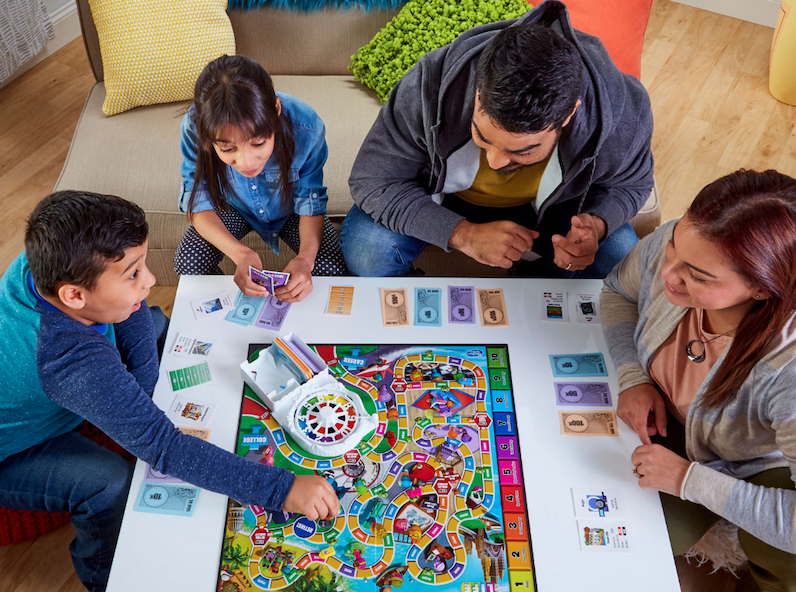
There are four main types of board games: family, strategy, cooperative, and party.
- Family board games: Family board games are, as the name implies, board games designed for families to play together. They are appropriate for kids as well as adults (some are best for older versus younger kids, though). These include classics like Monopoly, The Game of Life (shown in the image above, Battleship, Scrabble, Clue Junior, and Yahtzee. You’ll find family board games centered around different popular themes as well, such as Animal Crossing New Horizons, Star Trek Cryptic Board Game, Indiana Jones: Cryptic Board Game, and more. Some are designed to be perfect to play during a specific holiday, like Escape Room The Game 2 Players: The Little Girl & House By The Lake at Halloween or the Coca-Cola Shake it Up! Dice Game at Christmastime (though you can play these any time of the year the desire strikes).
Most family board games can be played with just two people but are best when played with three or more. They’ll contain elements of luck, strategy, and lots of fun.
- Strategy board games: As the name implies, strategy-based board games require some level of strategic thinking: it isn’t just based on literal luck from the roll of dice or spin of a wheel. Players need to use critical decision-making skills to decide on a move to make or potential outcome, often thinking several steps ahead for a long-term plan. One of the most classic strategy-based board game is Chess. Modern popular titles include complex games like Gaia Project, Barrage, and Splendor board game. Connect 4 is an example of an older and popular strategy game.
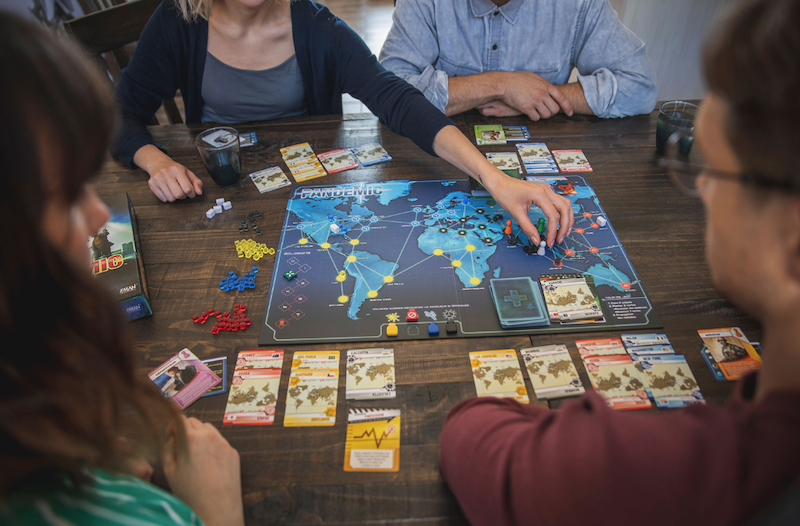 Cooperative board games: A newer sub-category of board games, cooperative board games are ideal for three or more players and usually see players team up to work towards a common goal. All players, whether odd- or even-numbered, work to achieve a specific objective together. While it’s considered a relatively new category, reportedly the first cooperative board game was Community, which was published way back in 1972. And let’s not forget the long-time favourite Dungeons & Dragons.
Cooperative board games: A newer sub-category of board games, cooperative board games are ideal for three or more players and usually see players team up to work towards a common goal. All players, whether odd- or even-numbered, work to achieve a specific objective together. While it’s considered a relatively new category, reportedly the first cooperative board game was Community, which was published way back in 1972. And let’s not forget the long-time favourite Dungeons & Dragons.
- Party board games – For larger groups, party board games are the way to go. They are designed for participation from many players, though some can theoretically be played with smaller groups as well, with players in pairs, teams, or individually. Lots of party games come in card form, like Apples to Apples and Funko Ted Lasso Party. Other popular party board games include Exploding Kittens, Scattergories, and Head’s Up. You can also go with classics like Pictionary. Expect plenty of laughs with party board games that are often relatively simplistic with few game pieces, cards, or other accessories.
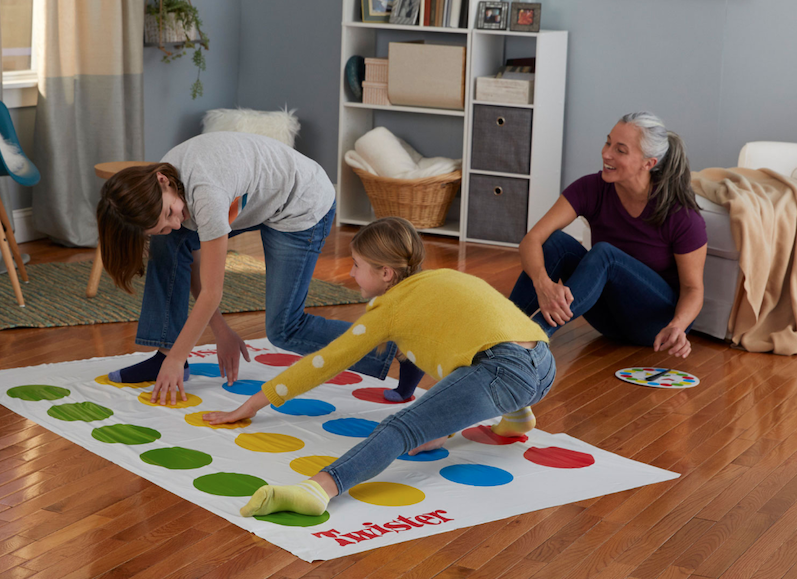
Typical pieces you’d find in a board game
Every board game is different but there are certain pieces or elements that you’ll find in most of them.
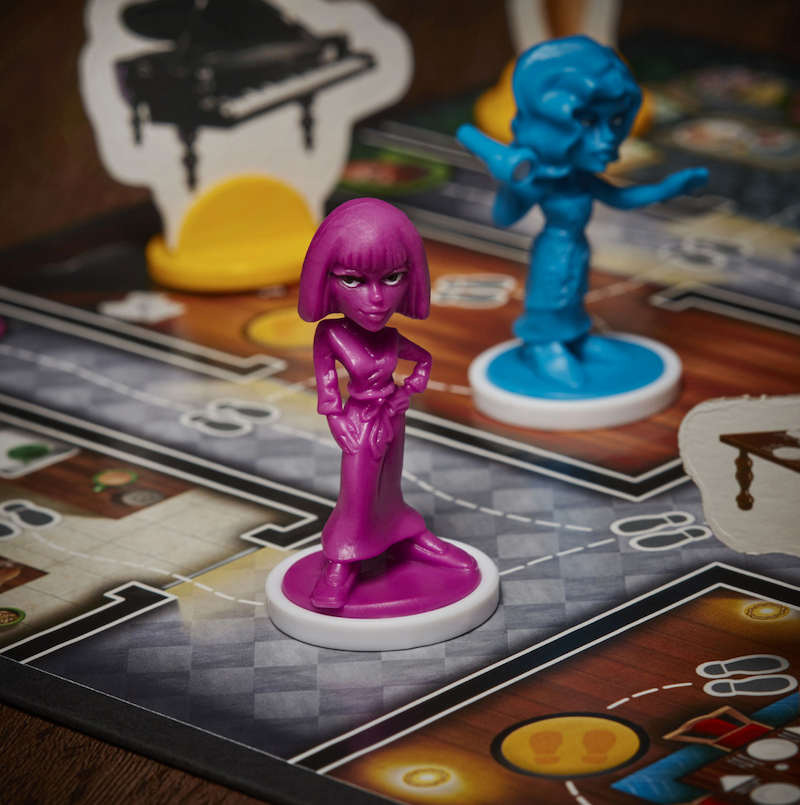
Foldable board: The “board” in board games refers to a playing surface, which typically comes in the form of a foldable board. Some board games might have a flat piece, or might use other elements like score cards, sketch pads, and even full-sized mats (think Twister!)
Small game pieces: Board games usually have small pieces like figurines, characters, or colour-coded pieces. These are usually designed to be used one per player or team so they can move around the board, identify themselves easily while playing, and keep track of progress.
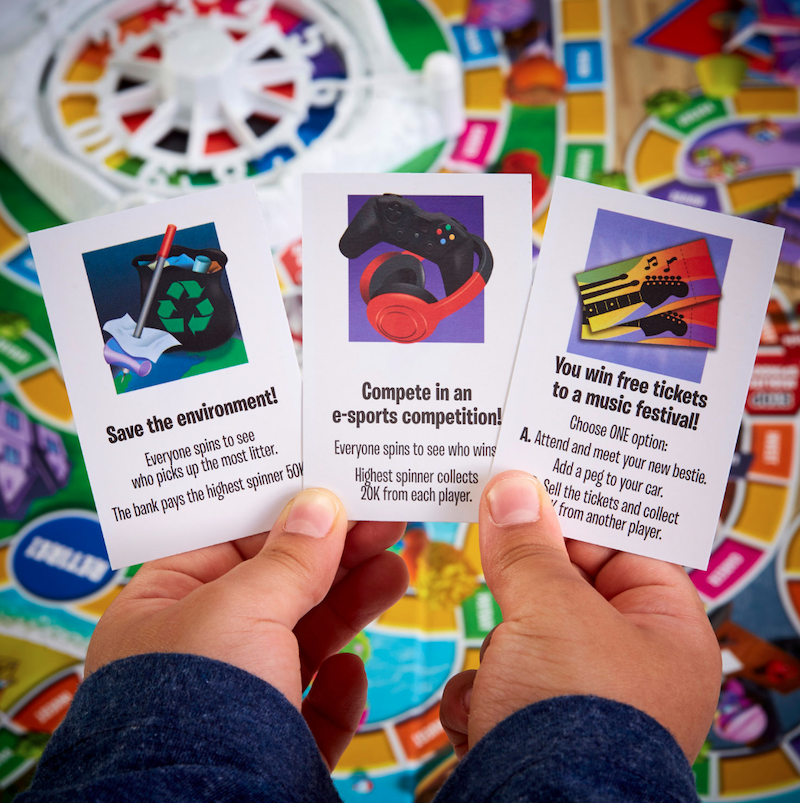
Cards: Some board games include cards that might have missions, instructions, or represent properties or deals. The cards can be drawn, acquired, or handed out at the beginning, and can be divided into separate categories.
Dice: You need a way to dictate how to move around some board games. Dice are a common method, however, for games where players navigate a start to finish set-up. Some board games might have spin wheels instead, like Game of Life, or cards.
Timer:Most common in party board games, timers help keep the game moving along, specifying a time for which a player or team must answer a question or make a move. When the timer runs out, the turn is over! There could be a penalty for not taking action before the sand reaches the other end.
Choosing the right board game
Before choosing the right board game to play, one of the main factors to consider along with the type is how many people are playing.
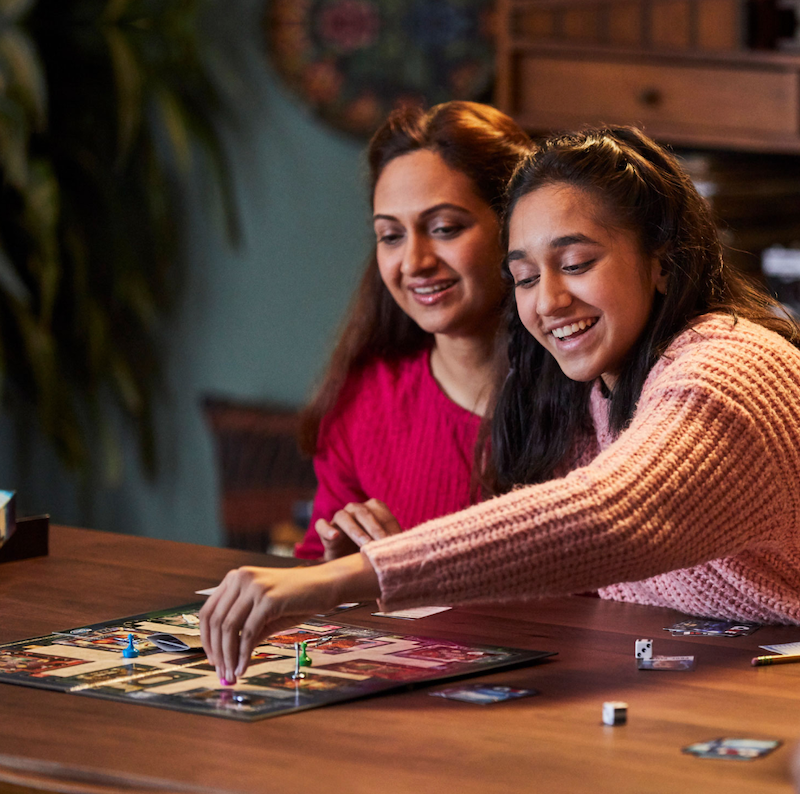
Board games for two: If there are just two people, you’ll get the best experience when selecting a board game designed for only two players. There are classic ones like Scrabble, Chess and Checkers, Jenga, and Battleship, for example, and newer ones like Dark Souls, Red Dragon Inn 3, and Space Alert. Check the minimum number of players noted on the board game but note that even some games that can be played with only two people are much more fun with three or more.
Board games for small groups: For small groups, consider strategy or family board games whereby each person plays on their own. Cooperative board games can be great for smaller groups as well since everyone works together to achieve a common goal. Most board games that work for two people can also work for small groups up to four, or there’s the option to play in pairs or teams.
Board games for large groups: When it comes to large groups, look for party games that are designed for lots of people to participate, either individually or, more often than not, in teams or pairs. These include games like Hasbro Ultimate Catch Phrase and Hasbro Taboo Card Game. Classics like Pictionary and even Twister are wonderful options for large groups as well. You want excitement, fun, and simple instructions when large groups are involved.

Board games played in pairs: For pairs, competitive, strategy, and family board games are the way to go, like Ticket to Ride, Dominion: Prosperity, Yahtzee, and Exploding Kittens. To make things fair, pick partner names out of a hat, or have a couples’ night where everyone plays with their significant other. Some party games can be played in pairs, too.
Board games played in teams: Team-based board games are best when there’s a larger number of players: at least six to have three per team, but ideally more. Some of the ones to consider in this category include Scattergories, Wits & Wagers, Codenames, and Apples to Apples.
Board games for families: When it comes to family games, these should be easy to learn and contain simple, straightforward rules. Games like Monopoly, Guess Who?, Operation, Twister, Trouble, Clue, Hi Ho Cherry-O, and Candyland are favourites among families, but other newer, popular ones include games like Catan and Ticket to Ride. These are a bit more challenging but still relatively simply to understand and can be played again and again without getting boring. Some family board games designed for older kids also come in junior editions for younger kids, like Monopoly Jr.
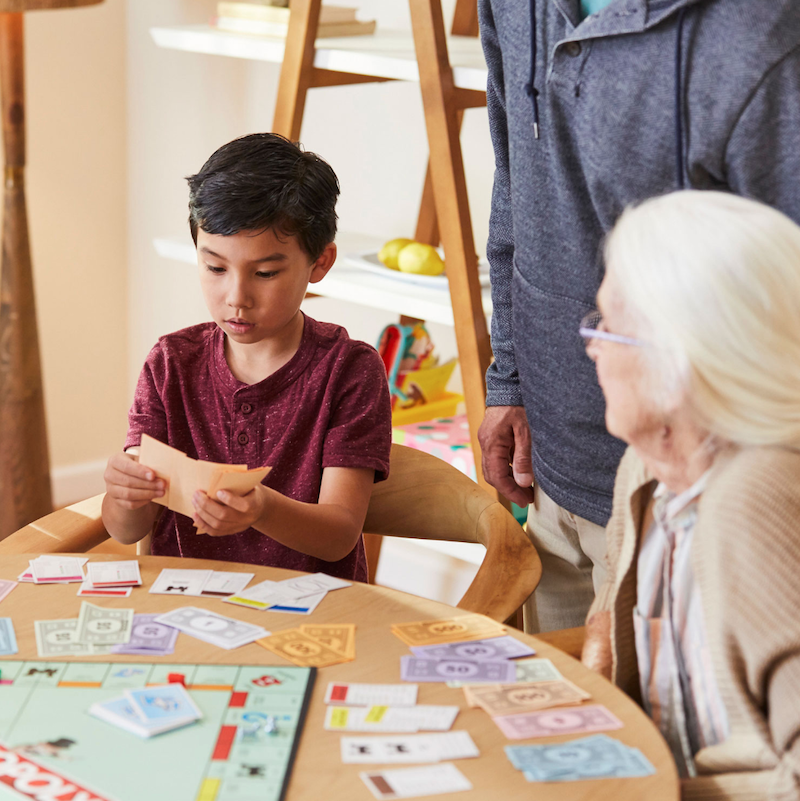
If the game is categorized as a family game, you can be confident that it will be a perfect one for all ages. With that said, family games can fall into other categories, too. Check the age rating on a game to make sure it’s appropriate for the youngest kids who will be participating.
With that said, keep in mind that the age selection on a board game is not set in stone and sometimes isn’t accurate. Unless there’s questionable content, which is rare with board games (beyond card games like Cards Against Humanity which includes inappropriate statements) or scary imagery (zombie- and haunted house-based games, for example), you can make the decision if your child can play, regardless of age. It’s also wise to read reviews of the game to get an idea of what others have to say about it and at what age kids will most enjoy or understand it.
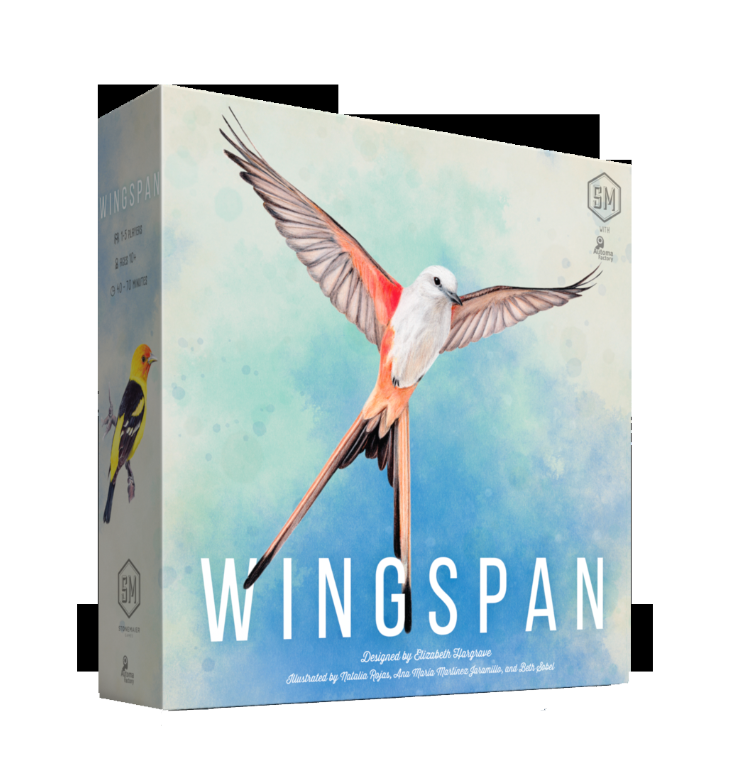
The most beautiful board games: Sometimes, you might be looking for a board game that provides stunning visuals to appeal to your artistic and creative sensibilities. There are some absolutely beautiful board games available that are worth playing just for the visual appeal alone. Wingspan and Azul are two that fall into this category. In the game Photosynthesis, nature lovers are tasked with planting and nurturing trees, right from the seed stage. The sun rotates around the board game as you play and you use tiny 3D tree pieces, watching the game board grow as your trees do.
Beautiful board games consist of intricately crafted playing pieces, cards, and even storage boxes that are showpieces and would look wonderful on an open shelf. These types of board games are great for gifting and fall into many different categories.
The latest evolution in board games
The latest board games involve more complex set-ups, sometimes even including tech components, and challenge players to do some serious critical thinking while also having tons of fun. Escape Room: The Virtual Reality board game, for example, combines the immersive experience of virtual reality with the thrill of traditional board gaming, offering players a unique and challenging adventure where they must work together to solve puzzles, unlock mysteries, and escape within a virtual world filled with intricately designed scenarios.
Pandemic is one of the most popular co-operative games that is quickly becoming a classic. Suitable for ages 10+, it’s tense and thrilling as players must work to cure super diseases that are wiping out humanity.
For a more relaxing night in, Wingspan is gaining a lot of attention. Suitable for up to four players aged 10 and up, it’s also, as noted, one of the most beautiful board games, showcasing gorgeous birds that players must work to attract and preserve. Everyone has their own board to work on and special ability, so there’s little pressure to win or beat your opponents.
Plenty of the latest games are based on television shows, game shows on TV, and popular movies and franchises, like Disney, as well as current trends, like sushi via Sushi Go!, memes via What Do You Meme?, and zombie themes.
How to choose the right board game for your event

Now that you know everything there is to know about board games, it’s time to select the right one to add to your collection. To do so, go through this checklist.
How many people will you be playing with? If it’s a board game to add to the collection for family game night, the world is your oyster in terms of what you can choose. If your family is only two people, look at ones that are suitable for two players while still being fun and challenging. If you entertain often, however, you’ll want to have a nice selection of board games that can be played by small and large groups in your arsenal as well.
What are the ages of the players? If these are for adult game nights, you can select from a wide range, including ones that are designed for 18+. You can look to a new cooperative or strategy game to spice up game night or choose a fun party game if it’s for a more relaxed event.
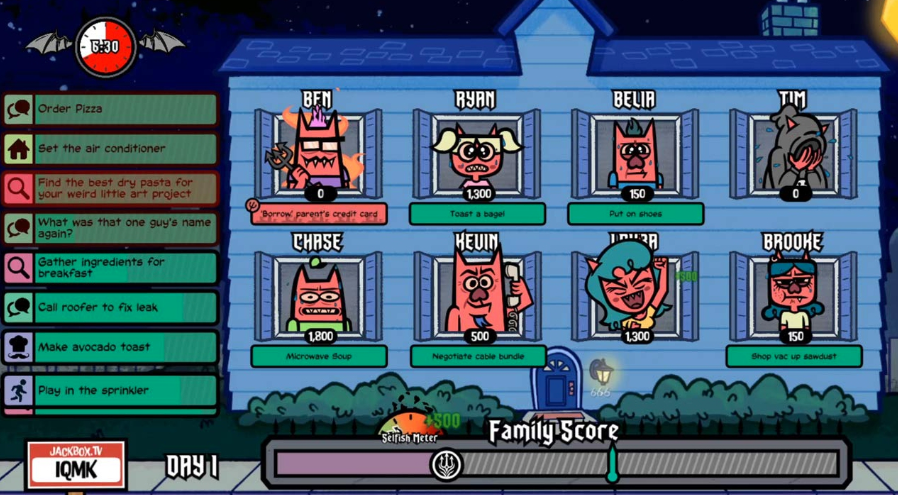
How much space do you have? Most board games consist of a single square board along with multiple pieces that everyone can sit around at a table. If the game is larger, or requires additional pieces like an easel for Pictionary, television for a virtual board game like Jackbox Party Pack, where everyone needs a view of the TV and their smartphone or tablet, or large floor space like Twister, you need to consider your available space.
How long does the game typically take? Board games can last as little as 15 minutes and run for as long as several hours. Some board games might even take multiple nights. Look at the average play time to decide if it makes sense. In some cases, cooperative and strategic games might have both short and long play options. With the classic board game Risk, for example, which typically takes hours, you can opt for a shorter version by having a player work to occupy a single territory or pair of territories versus total world domination.
How complicated are the rules? – If kids will be involved, you’ll want to not only check the minimum age of the game but also see how complicated the rules are. This might also be applicable for elderly or impatient players who might not be interested in a game with too many rules where it takes significant time to understand how to play before getting started. Simplicity might be key for some groups while the more complex, the better for others. There’s a reason, after all, that board games like Monopoly and Candyland have become classics and have lasted for generations. But there’s also a reason that strategy games are gaining steam among other crowds.
Take the next step
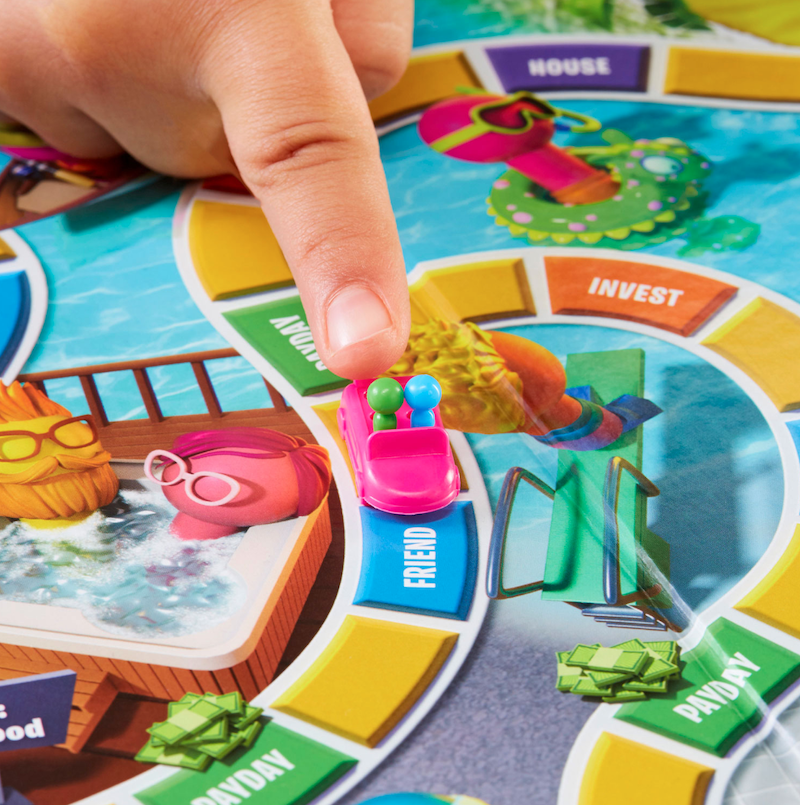
When it comes to board games, don’t be afraid to try something new. While it’s tempting to blow the dust off your 1985 edition of Monopoly for family game night every week, there are so many cool, new games to consider. There are also newer, themed versions of classic board games that will get kids and fans of certain franchises excited to enjoy a more current theme with an old favourite.
Check out a wide selection of board games at Best Buy Online.










I love Risk and all the different adaptations that they have made (no more fortifying Australia). Risk Legacy is great for those looking for a longer lasting game as you play many rounds but you alter the board and even destroy some parts of the game as you go. The game you start with is very different from the game you end with.
Comments are closed.